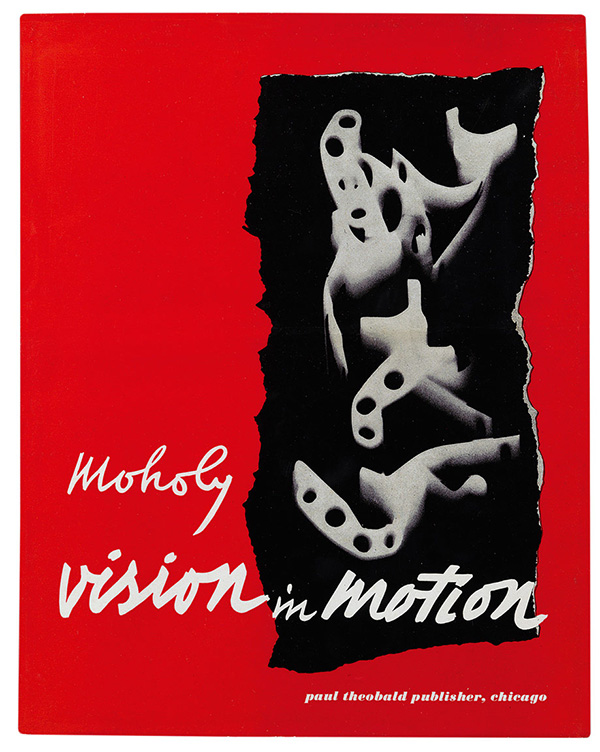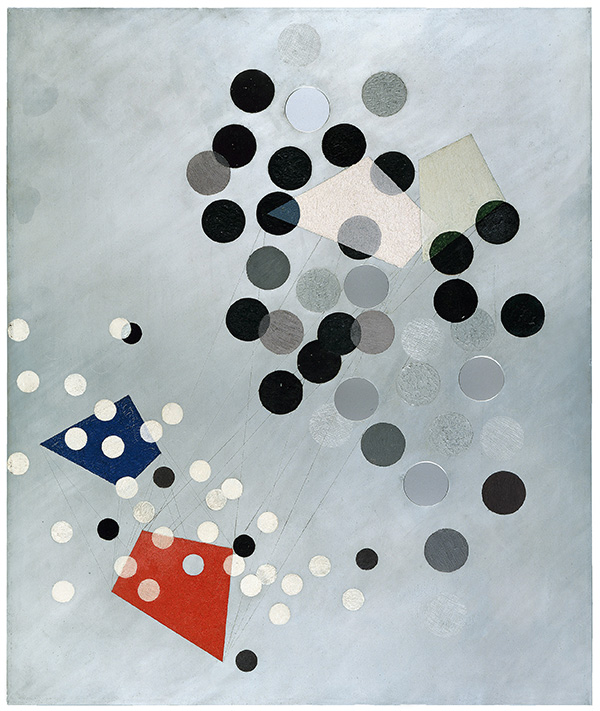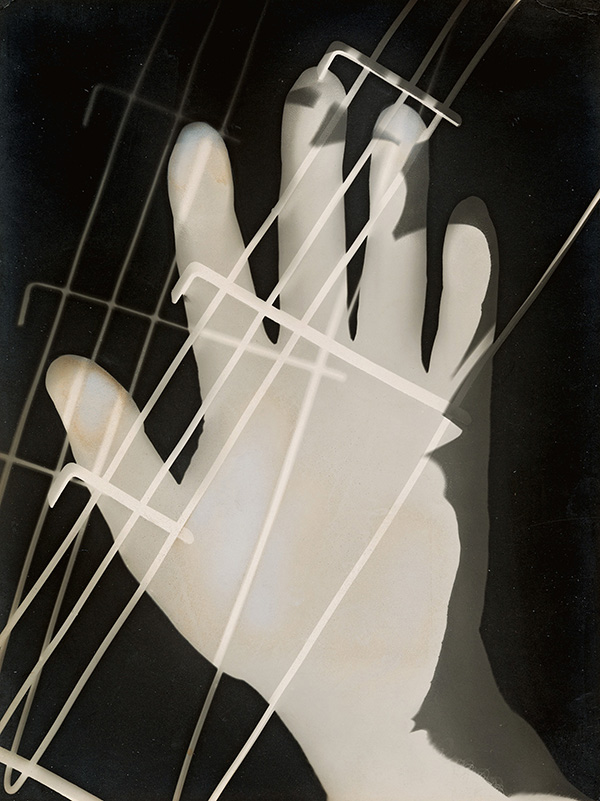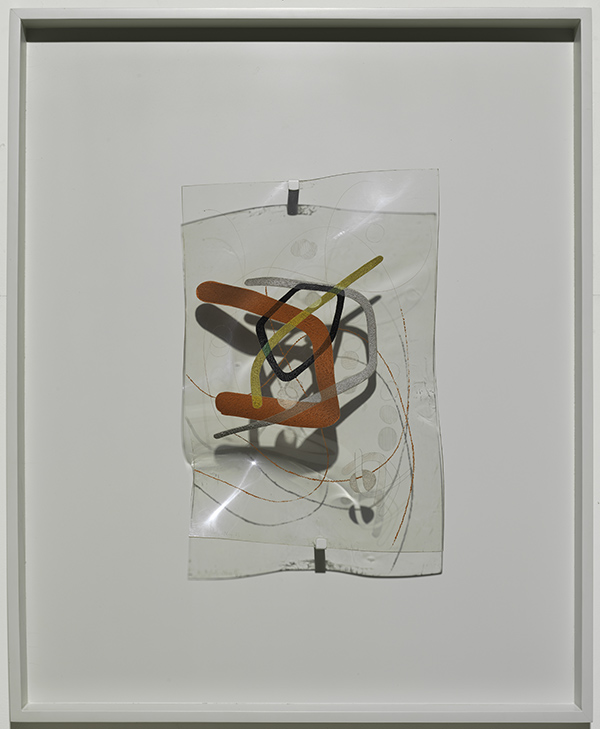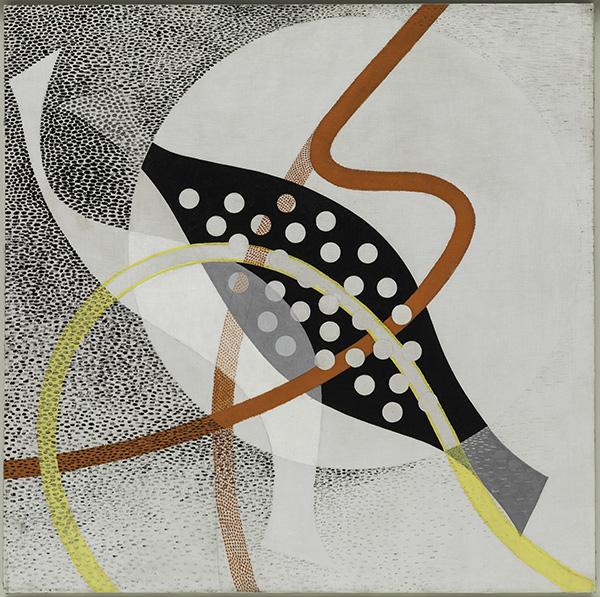ART-PRESENTATION: László Moholy-Nagy, Future Present, Part II
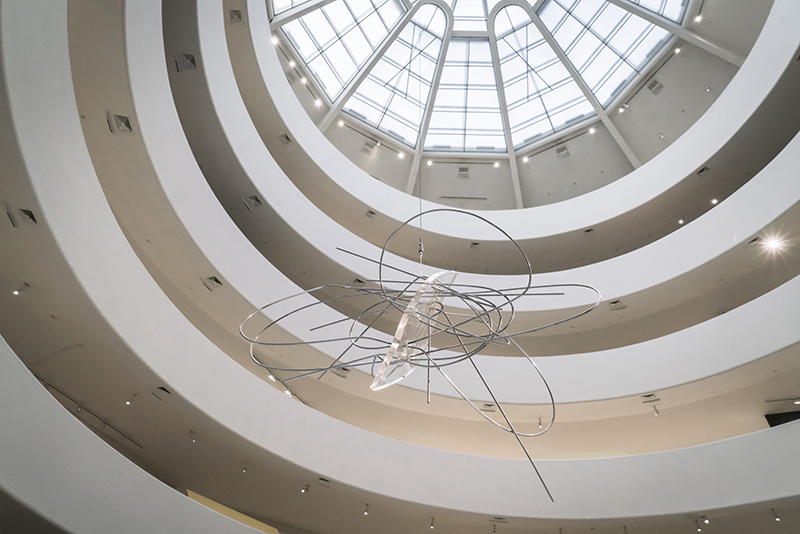 The works of the multidisciplinary artist László Moholy-Nagy,who believed in the power of art as a vehicle for social transformation and in the interrelatedness of art, life, and technology are well represented within the Solomon R. Guggenheim Museum’s permanent collection. From 1939 onwards, when the Museum of Non-Objective Painting (the forerunner of the Guggenheim) first opened in midtown Manhattan, Moholy-Nagy’s work was exhibited regularly in numerous solo and group presentations, maintaining a place of honor there (Part I).
The works of the multidisciplinary artist László Moholy-Nagy,who believed in the power of art as a vehicle for social transformation and in the interrelatedness of art, life, and technology are well represented within the Solomon R. Guggenheim Museum’s permanent collection. From 1939 onwards, when the Museum of Non-Objective Painting (the forerunner of the Guggenheim) first opened in midtown Manhattan, Moholy-Nagy’s work was exhibited regularly in numerous solo and group presentations, maintaining a place of honor there (Part I).
By Dimitris Lempesis
Photo: Solomon R. Guggenheim Foundation Archive
“Moholy-Nagy: Future Present” is a long presentation, which encompasses his multidisciplinary methodology, brings together 300 works drawn from public and private collections across Europe and the United States. The exhibition provides an opportunity to examine the full career of this influential Bauhaus teacher, founder of Chicago’s Institute of Design, and versatile artist who paved the way for increasingly interdisciplinary and multimedia work and practice. Among his radical innovations were his experiments with cameraless photographs, which he named “Photograms”, the use of industrial materials in painting and sculpture that was unconventional for his time, the researching with light, transparency and movement and his ability to move fluidly between the fine and applied arts. The exhibition is presented chronologically up the Guggenheim’s rotunda and features collages, drawings, ephemera, films, paintings, photograms, photographs, photomontages, and sculptures. “Room of the Present” in the High Gallery, is a contemporary fabrication of a space originally conceived by Moholy-Nagy in 1930 but never realized in his lifetime. Constructed by designers Kai-Uwe Hemken and Jakob Gebert, the large-scale work contains photographic reproductions, films, slides, documents, and replicas of architecture, theater, and industrial design, including a 2006 replica of his kinetic “Lichtrequisit einer elektrischen Bühne”, (1930). Born in 1895 in Austria-Hungary, Moholy-Nagy moved to Vienna briefly and then to Berlin in 1920, where he encountered Dada artists, Russian Constructivists, and Galerie Der Sturm, where he exhibited work on several occasions. After teaching at the Bauhaus in Weimar and then Dessau in the 1920s, producing books and painting extensively across mediums, he enjoyed success in Berlin as a commercial artist, exhibition and stage designer, and typographer. Adolf Hitler’s rise to power made life increasingly difficult for the avant-garde in Germany thus in 1934 Moholy-Nagy moved with his family to the Netherlands and then to London. Once he moved to Chicago in 1937, he never returned to Europe. In the United States, he focused on opening a school of design and made some of his most original and experimental work. He gave his full attention to American exhibition venues, before his premature death from leukemia in November 1946. His interdisciplinary and investigative approach, migrating from the school to the museum or gallery space, pushed toward what he referred to as the Gesamtwerk, the total work for which he searched throughout his life
Info: Solomon R. Guggenheim Museum, 1071 5th Ave, New York, Duration: 27/5-7/9/16, Days & Hours: Fri & Sun-Wed 10:00-17:45, Sat 10:00-19:45, www.guggenheim.org
